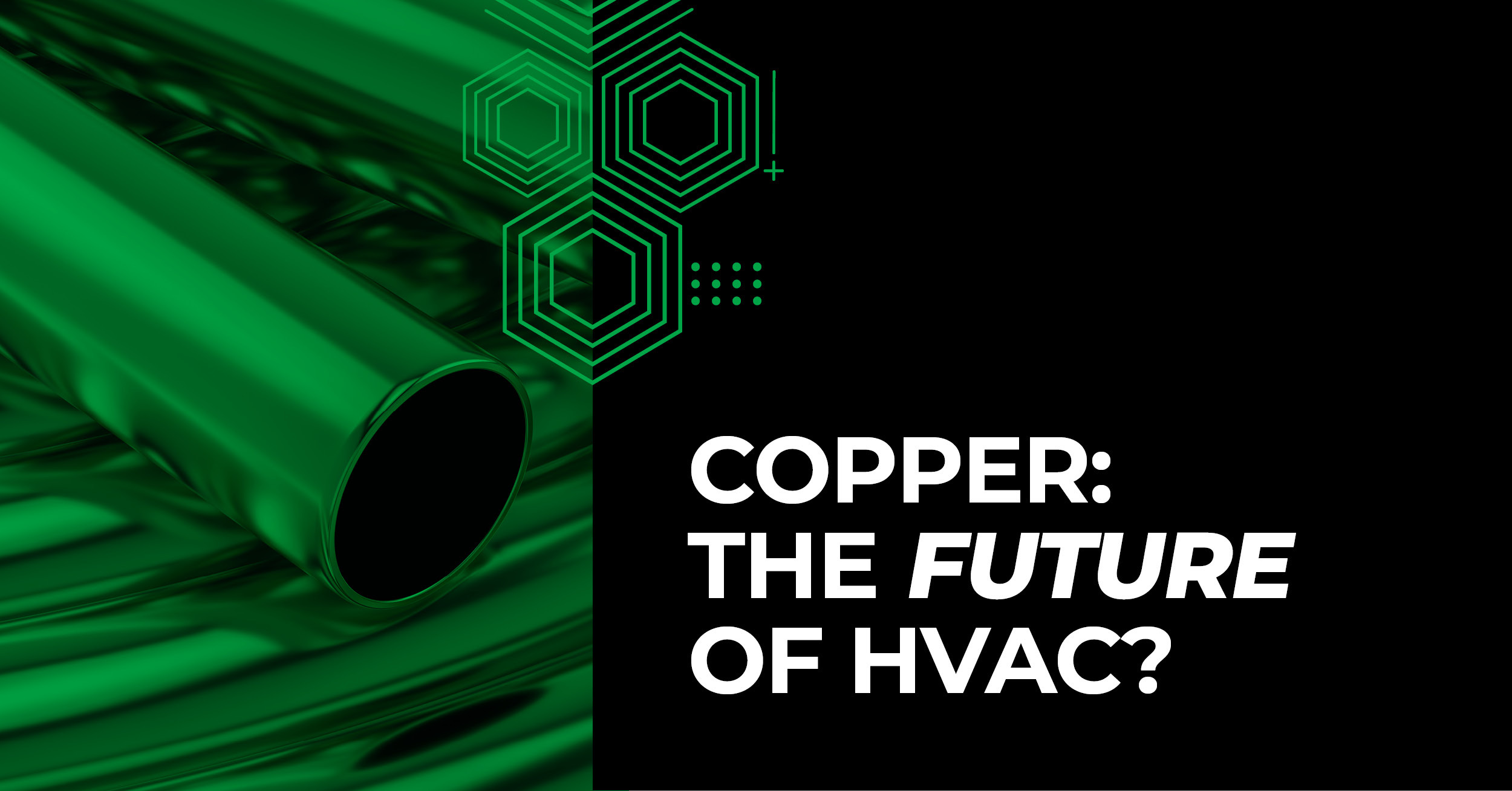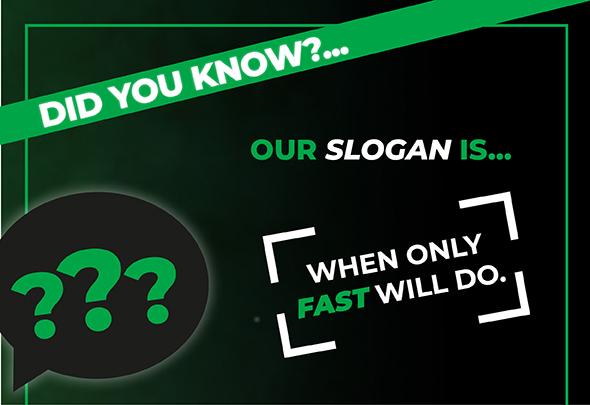Ensure compliance with Awaabs Law by integrating expert ventilation practices into your HVAC installations.
Understanding Awaab's Law and Its Importance
From 27 October 2025, Awaab’s Law will come into force across England, marking a major shift in housing legislation - and a significant opportunity for HVAC professionals to lead the way in compliance and tenant safety.
What is Awaab’s Law?
Named after two-year-old Awaab Ishak, who tragically died in 2020 due to prolonged exposure to black mould in a poorly ventilated social housing flat, Awaab’s Law is part of the Social Housing (Regulation) Act 2023. It introduces strict legal timeframes for landlords to investigate and fix damp and mould hazards in social housing - and potentially private rentals in the near future.
Why It Matters to HVAC Contractors
While the law directly targets landlords, ventilation and air conditioning professionals are on the front line of compliance. Poor airflow is a leading cause of condensation, damp, and mould, especially in tightly insulated or retrofitted homes. That means your installs, upgrades, and advice are now more critical than ever..
Key Legal Requirements Under Awaab’s Law
- Emergency hazards (including severe mould) must be repaired within 24 hours.
- Significant damp or mould issues must be investigated within 14 days.
- Remedial works must begin within 7 days of confirming a health risk.
- Failure to comply can lead to legal action, fines, and reputational damage for landlords and scrutiny of contractor work.
What This Means for Your Work
As a contractor or installer, your role is evolving from product fitter to compliance partner. Here’s how:
- Ventilation is no longer optional - it’s a legal safeguard.
- Installations must meet or exceed Part F of Building Regulations.
- Landlords will rely on your expertise to avoid legal penalties and protect tenant health.
How You Can Help Your Clients Stay Compliant
- Recommend Continuous Mechanical Extract Ventilation (MEV) or decentralised MEV (dMEV) systems for consistent airflow.
- Ensure all installs are PAS 2035-compliant, especially in retrofit projects.
- Offer expert advice on humidity control, airflow rates, and system upgrades.
- Stay stocked with reliable, regulation-ready products to meet rising demand.

✅ 5-Step Checklist for Awaab’s Law-Ready Installs
- Assess the Property
Identify areas prone to condensation or poor airflow - especially kitchens, bathrooms, and bedrooms. - Specify the Right System
Choose MEV, dMEV, or MVHR systems that meet Part F and suit the property’s layout and usage. - Install to Standard
Follow manufacturer guidelines and ensure ducting, grilles, and controls are correctly fitted and balanced. - Educate the Client
Explain how the system works, why it matters, and how it supports Awaab’s Law compliance. - Document Everything
Provide written confirmation of system specs, airflow rates, and compliance with Building Regulations.
Summary
Awaab’s Law, coming into effect in October 2025, sets strict legal deadlines for landlords to fix damp and mould issues, making proper ventilation a legal priority. For HVAC and AC contractors, this means your installs must meet Part F regulations and actively prevent poor airflow that leads to condensation and mould. You’re no longer just fitting systems, you’re helping clients stay compliant and protecting tenant health. Focus on quality installs, educate your clients, and document everything to stay ahead.




